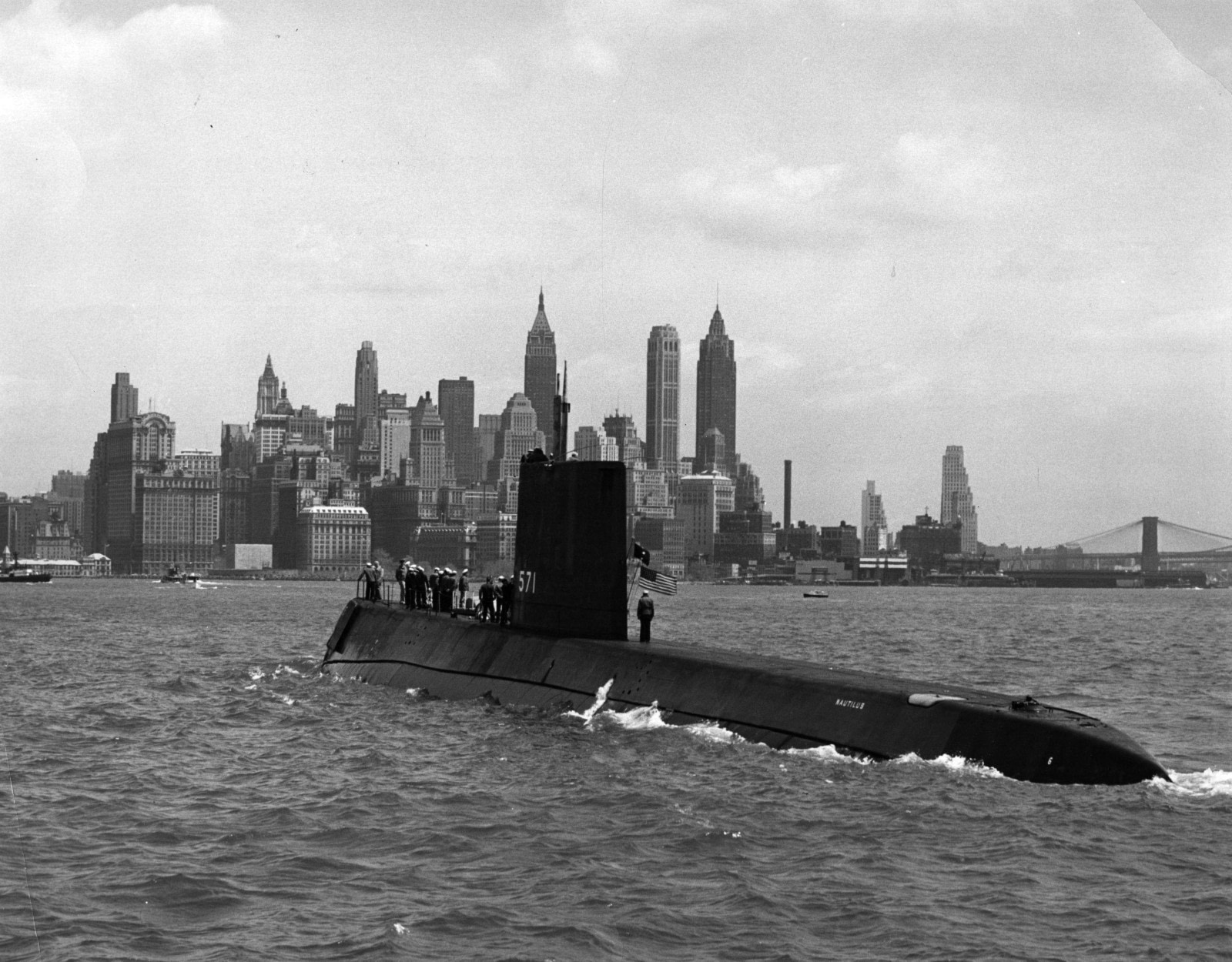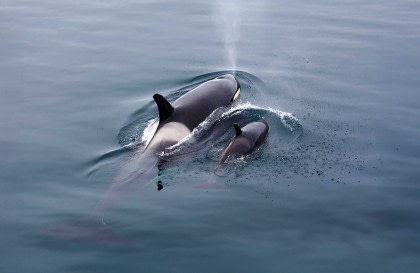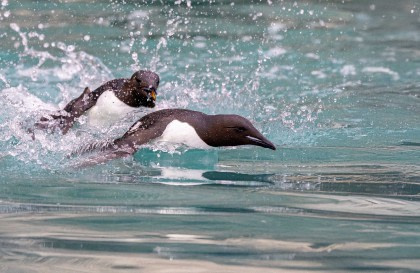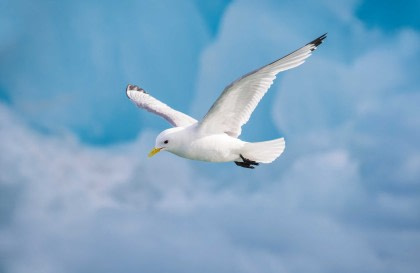In August 1958, below the solid sea ice of the North Pole and beyond the reach of watchful Soviet stations, the world's first nuclear-powered submarine passed silently through the icy pitch-darkness. The polar region of the North had been conquered from below and had become another stage of the Cold War.
The start of a nuclear-powered age
USS Nautilus, launched in 1954, was the world's first nuclear-powered submarine, capable of remaining submerged for significantly longer periods than other submarine variants used by naval powers at the time. The 1950s were a decade of swift technological advancement and diplomatic tension as the Cold War continued to intensify between the United States and the Soviet Union. Through technology, both superpowers sought to outdo one another and apply pressure on the other while avoiding outright war.
To this end, in October 1957, the Soviet Union launched Sputnik 1, the first artificial satellite, into Earth's atmosphere. Broadcasting radio frequencies back to Earth for the entire world to hear, Sputnik 1 was an enormous coup for the Soviet Union. Partially in response to the success of Sputnik 1, the United States sought to showcase its own technological prowess by further proving the power of its premium underwater nuclear asset - the USS Nautilus.
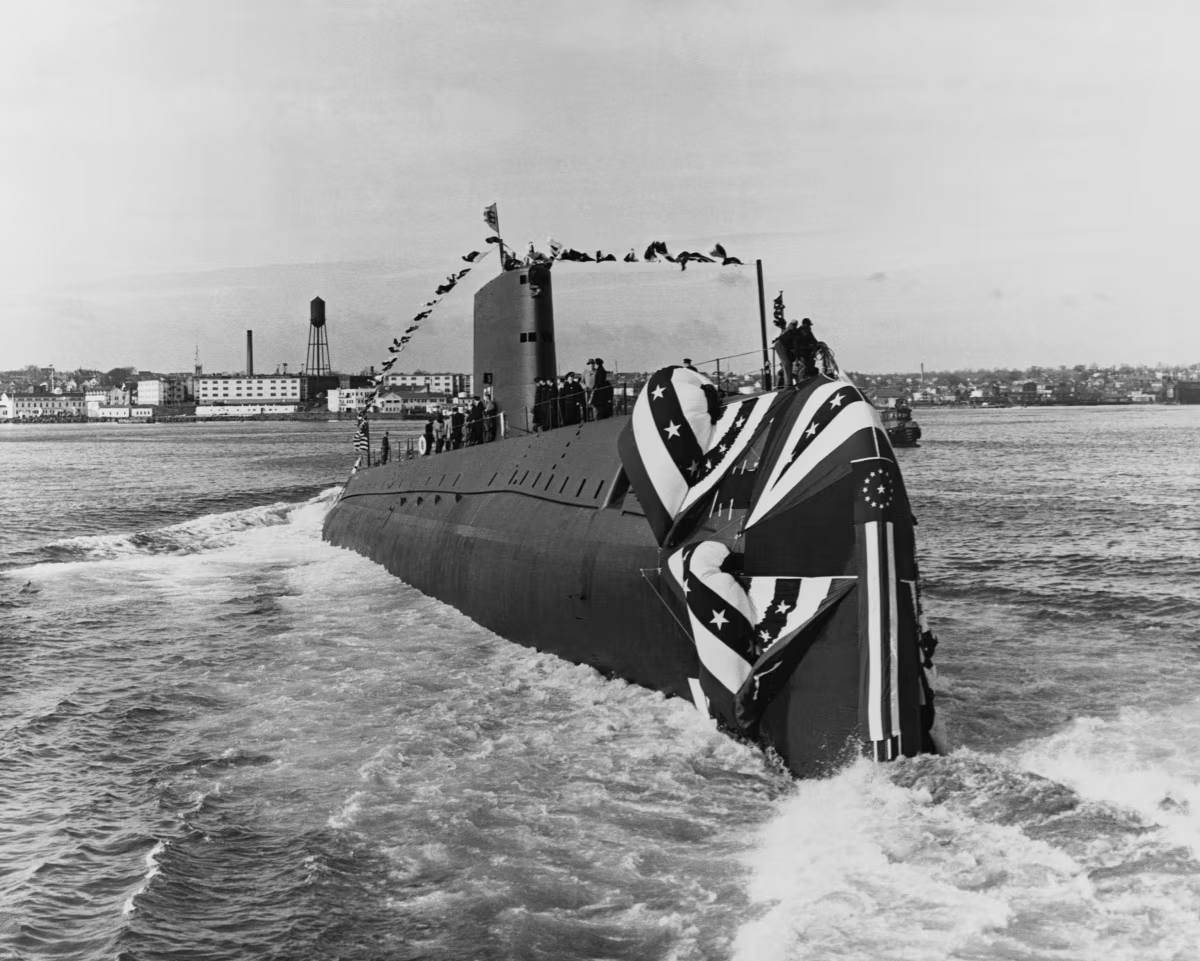
But the existence of the USS Nautilus wasn't enough. An endeavor was sought, a great feat that would prove the superiority of American might. At first, a circumnavigation of the Earth underwater was discussed but discarded. Ideas were drawn up, and eyes looked North. Eventually, President Dwight D. Eisenhower ordered the United States Navy to transit the North Pole by submarine, passing via the Bering Strait and navigating the Arctic before emerging from under the ice close to Greenland. Operation Sunshine was born.
This passing beneath the ice would be a technological masterpiece, proof to the Soviets that the United States had the power, capability, and the will to venture anywhere undetected.
A voyage beneath the ice begins
After a period of preparation, USS Nautilus left the Western shores of the United States and began to head North. She first attempted to reach the pole in 1958, making it as far as the Chukchi Sea, before deep drift ice forced her to retreat from the relatively shallow waters. After returning Pearl Harbor to await better conditions, USS Nautilus once again departed in July 1958, heading North towards the Bering Strait.
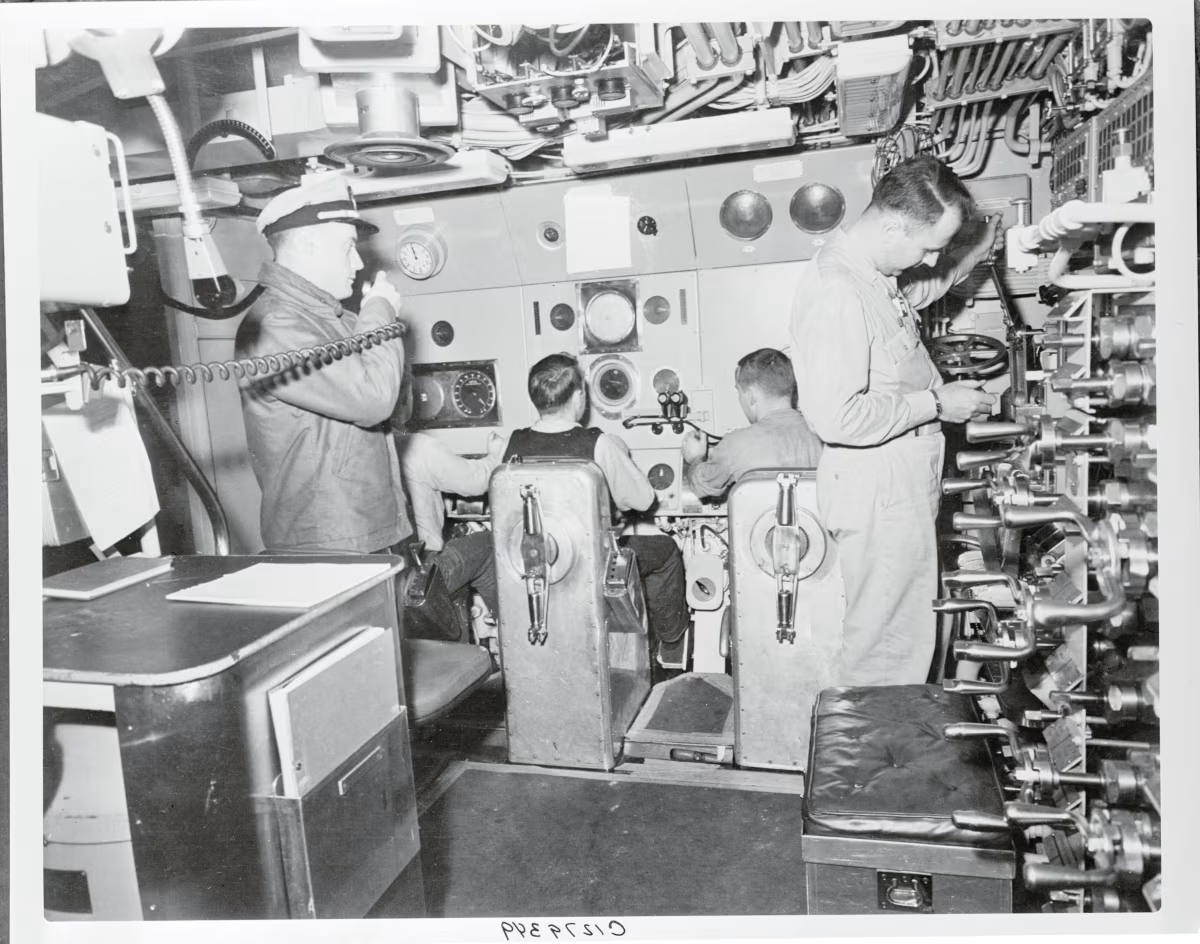
This time, the submarine was able to navigate the dangerous ice conditions of the Bering Strait, where ice extended as much as 60 ft below sea level. In many places, there was insufficient space between the ice and the sea floor. As she steamed further North, the submarines’ onboard magnetic compasses and gyrocompasses began to lose accuracy, and above 85°N, accurate positioning became increasingly difficult.
If necessary, Nautilus's commander, William Anderson, had made plans to use torpedos to blast holes in the ice if they needed to surface. Eventually, the only accurate means of navigation was by gyrocompass - which remained somewhat accurate during the entire voyage, and an Inertial Navigation System, which had been installed aboard and became invaluable for non-surfacing navigation at extreme latitudes.
Crossing the pole from below
After submerging on 1 August, the Nautilus, on 3 August 1958 at 23:15 hrs, became the first watercraft to reach - and cross - the geographic North Pole. From here, the submarine continued onwards, silently moving beneath the thick, impenetrable pack ice above. Finally, 96 hours after first submerging off of the coast of Alaska and after traveling 2,940km without detection through the frigid Arctic waters, the USS Nautilus surfaced northeast of Greenland, successfully completing the first submerged voyage around the North Pole and demonstrating the technological power she posed.
The submarine, upon returning to an allied base in England, was awarded a Presidential Unit citation - the first ever issued in peacetime - before heading across the Atlantic to return to the United States. Commander William Anderson was himself awarded the Legion of Merit.
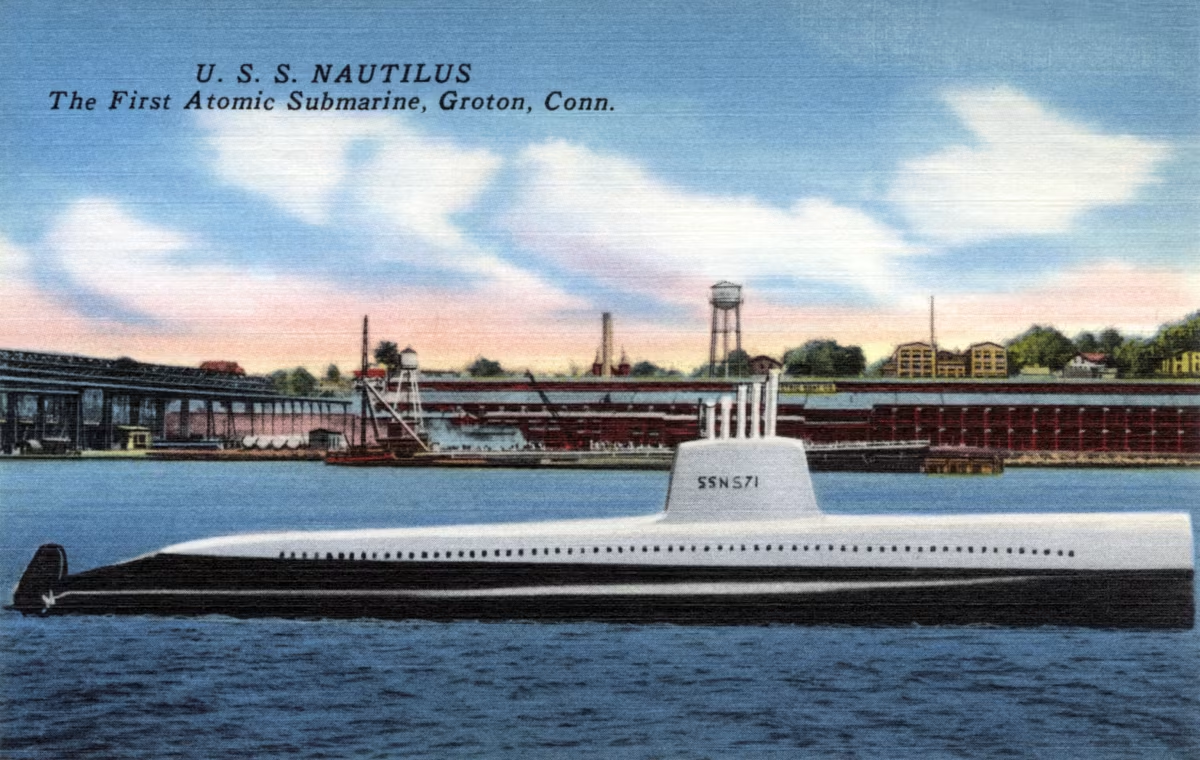
The success of the mission was a great coup for the United States and served as a response to the success of the Soviet Sputnik 1 mission and reinforced the fact that the Soviet Union did not possess a nuclear-powered submarine of its own. However, despite suggestions from President Eisenhower that nuclear-powered cargo submarines would one day follow the same route, further impact on the Arctic region and the North Pole during the remainder of the Cold War was minimal. Espionage flights and research expeditions represented the majority of further events throughout the Arctic related to diplomatic conflict.
Today, nuclear-powered ice-breakers keep trade channels clear in the far Russian-Arctic. Submarines, meanwhile, both for scientific and defense reasons, have - and continue to venture beneath the Arctic ice - invisible, undetected, and silent.
Interested in visiting the frozen North, and experiencing the raw power of pack ice and the natural world in a world of snow, rock and adventure? Join one of our exciting Arctic trips!
